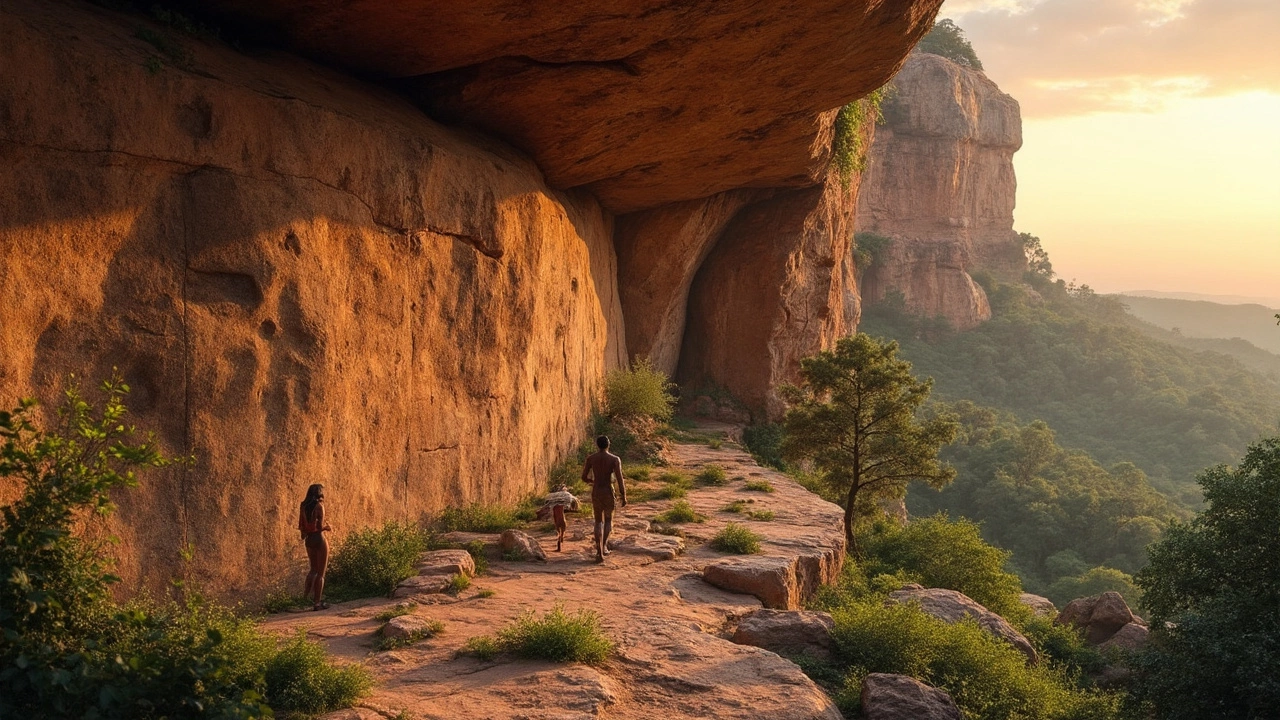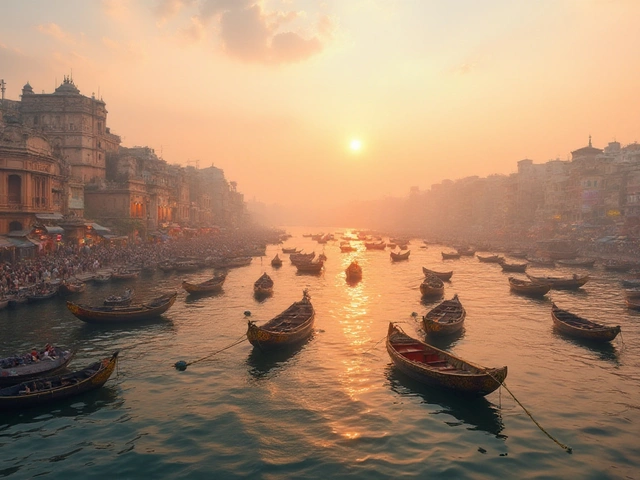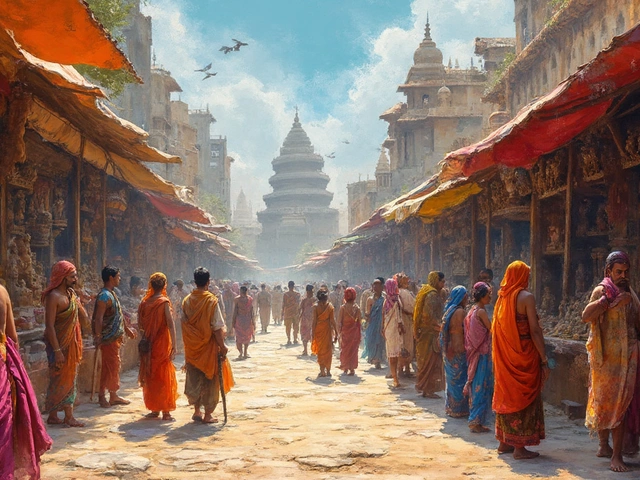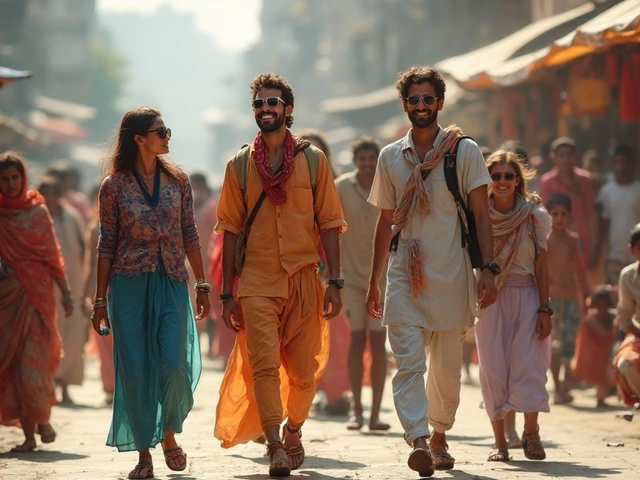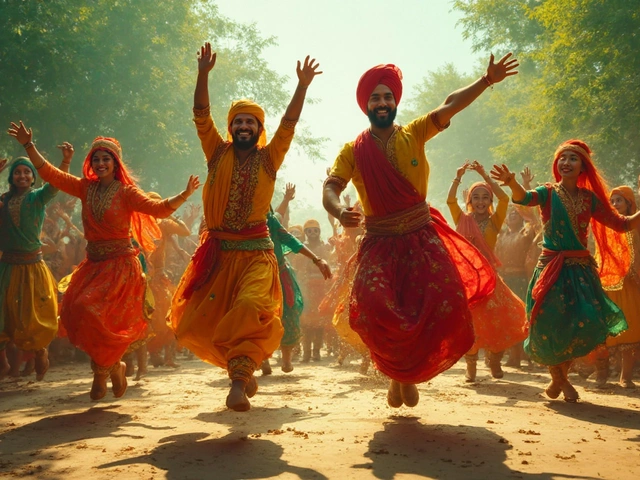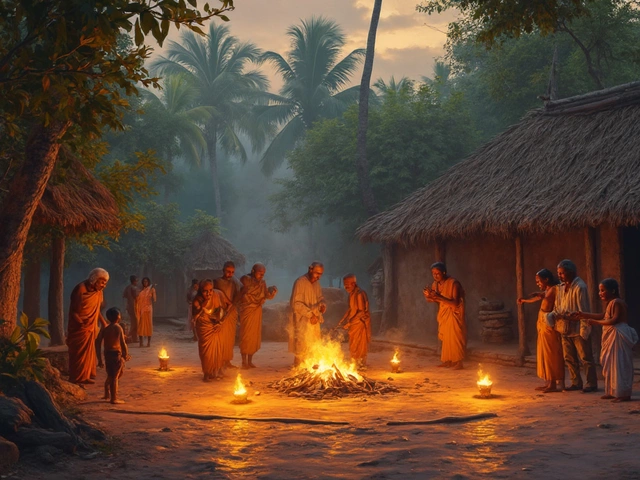Oldest Art Forms in India: Ancient Roots Still Alive Today
When we talk about oldest art forms, the earliest visual expressions created by human hands in the Indian subcontinent. Also known as ancient Indian art, it includes everything from cave paintings to ritual murals that survived thousands of years. These aren’t just relics in museums—they’re living traditions still practiced in villages, temples, and homes across India.
One of the earliest known examples comes from the Indus Valley art, the sophisticated seal carvings and terracotta figurines made over 4,500 years ago in cities like Mohenjo-Daro and Harappa. These tiny objects show animals, symbols, and human figures with remarkable detail, suggesting a culture deeply connected to ritual and storytelling. Then there’s Bharata Muni, the ancient scholar credited as the father of Indian performing arts and the author of the Natya Shastra, the foundational text for dance, drama, and music. His work didn’t just describe art—it defined how it should be taught, performed, and experienced, shaping every classical form that came after.
Today, you can still see echoes of these ancient roots in Pithora painting, a vibrant, ritual-based folk art from Gujarat where communities paint murals on walls to honor their deities. This isn’t decorative—it’s sacred, passed down through generations, just like the rock art of Bhimbetka, where paintings from 30,000 years ago still show hunters, animals, and daily life. These aren’t dead traditions. They’re breathing, evolving, and still central to how people in rural India connect with their past.
What makes these art forms special isn’t just their age—it’s how they survived wars, colonization, and modernization. While cities moved on, villages kept the brushes, the chants, the rhythms alive. You won’t find them in fashion magazines, but you’ll find them in the hands of grandmothers teaching grandchildren, in temple walls glowing with color, in the footwork of dancers who haven’t changed a step in centuries.
Below, you’ll find real stories from people keeping these traditions alive—from the forgotten painters of Gujarat to the silent creators of the earliest Indian sculptures. You’ll learn which ancient styles still thrive, who the first named artist was, and why some of the oldest art in the world is still being made today—in the same way, with the same hands, for the same reasons.
